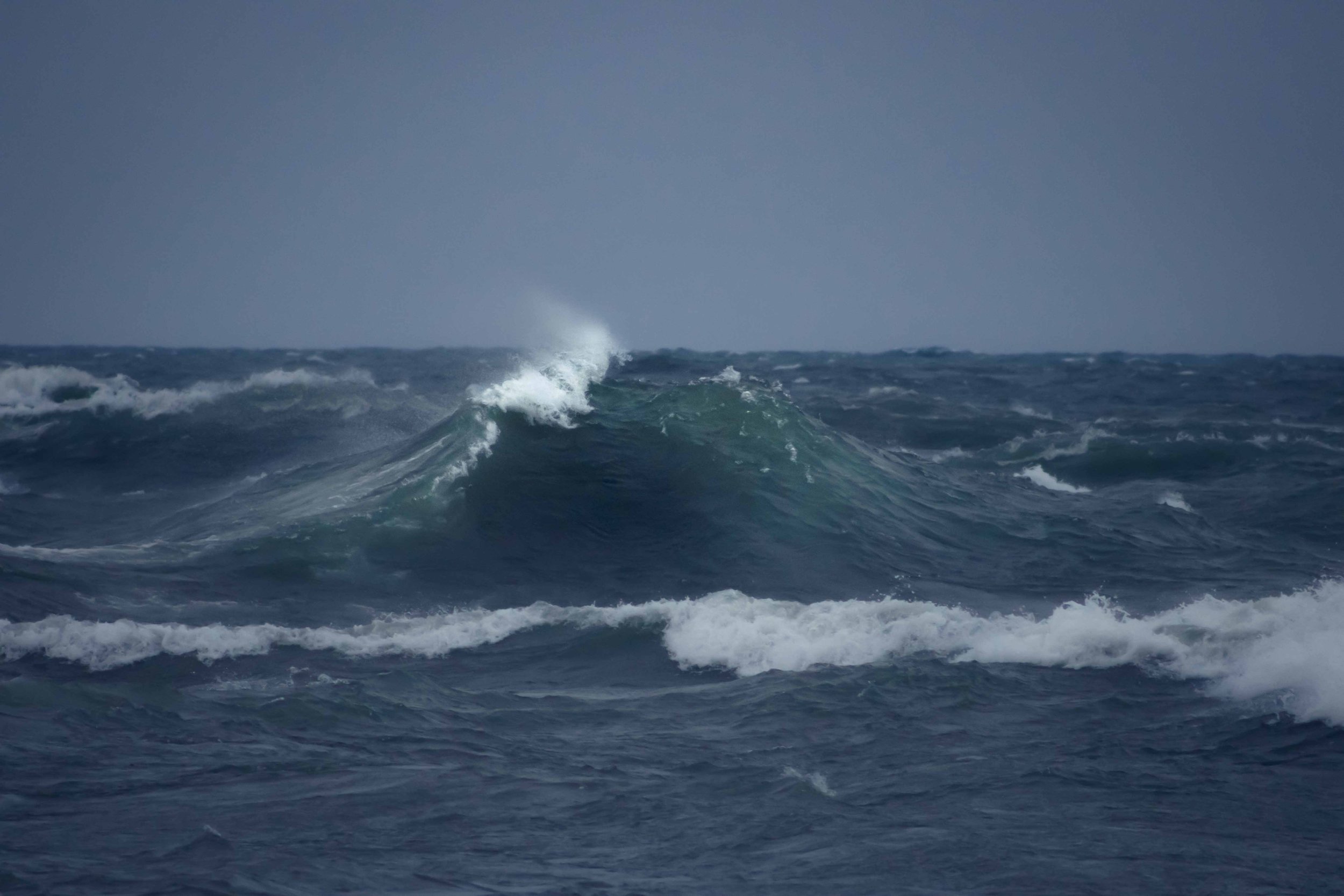
cease(less)
I am struck by the waves. I am swept off the shore into the waters of emotional upheaval, unable to find my footing even though still shallow enough to stand. I kick my feet and gulp for air as anger, frustration, and anxiety hit with a crash and pull me under. I know my gasps are extraneous, but knowing doesn’t stop the feelings of panic over the loss of control. I am also well aware of the absurdity; drowning in the shallow end of my emotions.
An often-overlooked symptom of ADHD is emotional dysregulation, or the inability for me to control or “regulate” my emotions in proportion to my environment. Being able to regulate emotion is what would normally allow me to calm down or think rationally through a decision, despite my emotional state. Without it, I sometimes struggle to contain my emotions and I become overwhelmed by sudden swells of sadness, anger, or excitement. These swells also don’t recede as quickly as normal, making it more difficult for me to calm myself and focus on tasks and events outside the emotional trigger.
I, like many others with ADHD, am aware of my potential emotional instability. However, my self-awareness doesn’t stop it from occurring. If anything, it can become more frustrating because I know my reaction is disproportionate to the situation but I am helpless to stop it. This frustration leads to self-anger, which further pulls me into the depths of my own emotional upheaval.
I know firsthand that patience and empathy can be a sandbar to someone who is flooded by emotions of anger, frustration, excitement or anxiety. Societal expectations can pressure us with ADHD to stifle our emotions in order to maintain a status quo and avoid causing discomfort to others. By validating our emotions and allowing us the room to express ourselves (in a healthy manner) we can better navigate our response without additional guilt and shame and safely find our way back to the shore.
Respite
Repetition
Galestorm Wisps
Wave Goodbye
Fleeting
Frozen Motion
Psycho-drama
The Drama
Wet! We're Wet!
Breaks
Frigid Beach
Beach Glass
Is This Frostbite?
Static Crash
Engulf
I Can't Feel My Fingers
Ice on My Eyelashes
Temper Tantrums
Torrent
Portal
Unbreakable, but Broken
Clapback
Numb Inside and Out
Are My Boots Waterproof?
Migraine Pulse
A Split Second
Silent Roar
My Boots are NOT Waterproof
Slap Poseidon
Siren's Lullaby
Goosebumps
Unrelenting
A Pirate's Life for Me
Be Brave, Little Birdie
There's Sand in My Shoes
Am I the Drama?
Pink Haze
Shiver
Green Dreams
Take That
Hazy Daydream
Melt and Flow
Mist of Infinity
Emerging
[Jaws Theme Song]
Water Mountain Majesty
Winter Journey
Sunshine and Frozen Sand
Orange Sherbert
Broken Obsidian
Here and Gone
Shattered Against the Grain
Sunkissed
Wave Hello
Sea Shanty
Moment's Peach
A Mist of Tiny Prisms
Freebird!
Converge
Flare and Farewell












































![[Jaws Theme Song]](https://images.squarespace-cdn.com/content/v1/615255aa716f1c1621dcb857/c859bd20-d0d7-4ec4-9355-847e743771ef/_MG_8302.jpg)













